A Bit on the Side
For this episode we talked about subplots, and how they both enhance and support your over-arching plot line. We discuss the functions of subplots, different types of subplots, and what to avoid when weaving them into your novel.
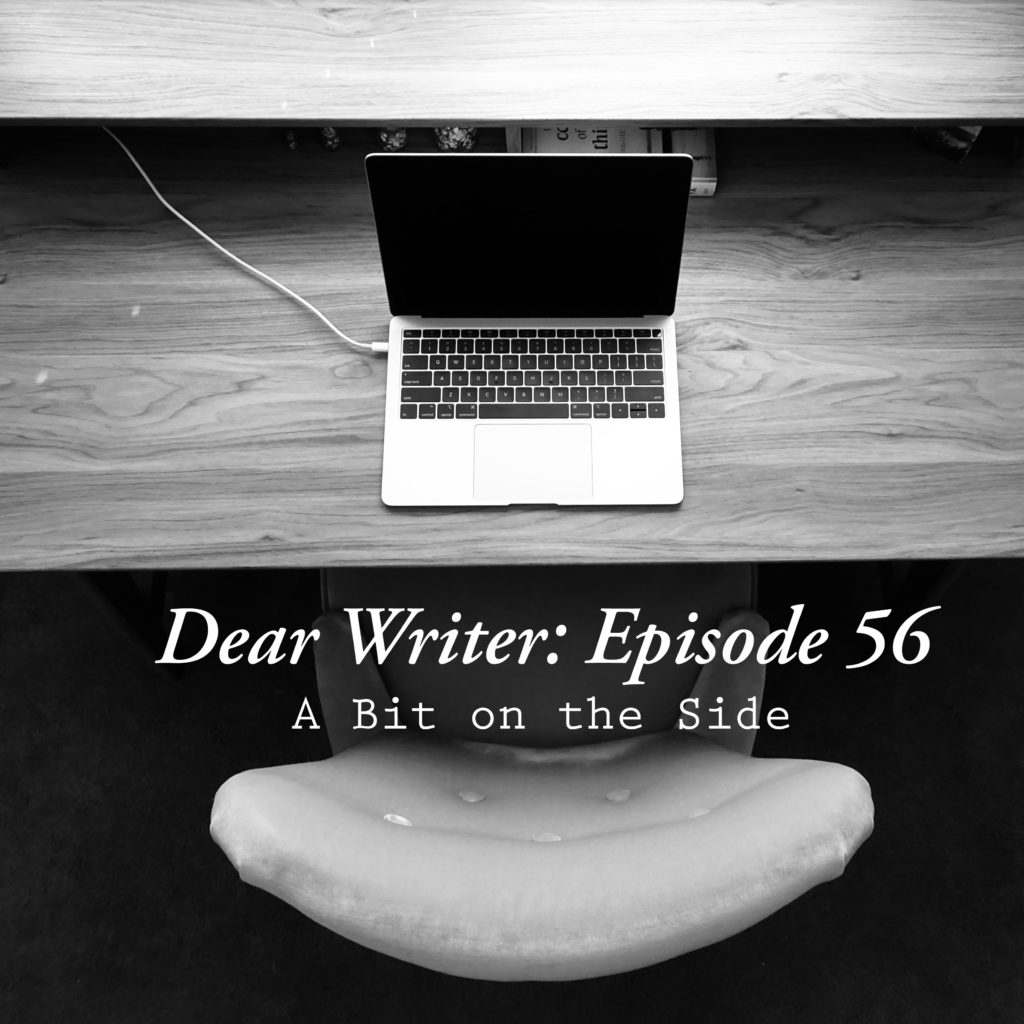
Episode Summary:
Main Discussion: Writing Sub-plots
Before we get into the nitty-gritty of actually writing subplots, I thought we should ask the question, what exactly is a subplot?
Ashley: A subplot, also known as a minor story, is a side-story that runs alongside the main plot. It often, but not always, uses a secondary cast of characters and events that allows the author to inject important information into the main story.
Why are subplots an important element to include in your story/what do we use them for in our novels.
Ashley: There are so many reasons. But for me, there are three that I think stand out. First, enabling enhanced characterisation. Subplots give us so much more room and situations to put our characters in allowing them to shine (or not) and reveal their deeper motivations/backstory. Secondly, to build suspense/tension. Often, subplots can be used for foreshadowing and revealing information which the readers know must be important. Lastly, pacing, which is kind of related to the previous point. Enables you to build and dissipate tension other than using the main plot.
Sarah: There are so many reasons! But, I’ll just touch on a couple of them. The number one reason for me: I think subplots are so important are for believability of the story. Nothing in the real world ever happens in isolation—as people we juggle many different relationships and issues, even when one particular thing takes focus in our lives. There’s always something else going on. So, your characters also have to have complex lives or they (and the story as a whole) wouldn’t feel real to readers.
The second reason I’m going to touch on is to further enhance your theme. Though your main plot might do a great job of portraying a particular theme or showing the main theme through their progression in the main plotline, subplots and secondary characters can help your protagonist (and your readers) to learn the theme, whether it be through a relationship with the secondary character or through a situation unfolding that contrasts the events in the main plotline.
Researching this podcast led me to learn about the six different types of subplots that are used in writing. I thought we could go over them and talk about the importance of each one, and whether or not we have used these types of subplots in any of our stories.
Sarah: 1. Mirror subplot – smaller scale conflict that mirrors that of the protagonist. This provides the protagonist with insight/motivation to overcome their own conflict. 2. Contrasting subplot– a secondary character faces a similar conflict to the protagonist but makes different decisions. This highlights the protagonist’s flaws/qualities/characteristics. 3. Complicating subplot – a secondary character hinders the protagonist or the protagonist makes a mistake that complicated things for them.
Ashley: 4. Romantic subplot – a love interest complicates the main plot. We love to use this in our YA novels. I find it is really useful for developing character attributes more. 5. Parallel subplot – a seemingly unrelated plotline runs alongside the main story which eventually collides with the main plot. We definitely use this one. I feel this type of subplot also works well to ramp up tension. Because readers start to wonder how the plot lines are related/intersect. 6. Bookend subplot – A minor conflict is introduced near the beginning of the story and isn’t really addressed again until the main plot is resolved. The lessons learned from the major conflict help the protagonist deal with the minor conflict at the end.
How do we decide on the subplots to include/how do we incorporate them in our novels?
Ashley: We don’t always plan out all of our subplots. However, there are some side plots that we do purposefully include in the planning stages. These are usually subplots that are critical to the overall plot. This is particularly evident in our ancient Greece book which has a lot of moving parts and we needed to carefully plan out a few of the subplots to ensure they melded with the story correctly. Other side plots that we do keep a pulse on are the romantic subplots in our YA fiction. As for other side plots, we usually let them develop organically throughout the story. It’s hard to anticipate every single plot line that will arise in a novel.
Sarah: I think it’s a good to have a general idea of where things are headed with subplots, but mostly we don’t plan them. For me the relationship subplots are the ones I don’t have to think about too hard, because they tend to develop quite naturally over the span of the novel, be it a friendship, romantic relationship, or a relationship that causes conflict. There are sometimes subplots that we will purposefully plan which are usually a bit more tightly bound to the main plot (rather than converging at the end, there are criss-cross points through the book with the main plot which mean we have to know sometimes how a subplot is going to effect the main plotline, and whether we want this to happen). But, that doesn’t mean we don’t run into these more complicated subplots during writing, either. When this happens we generally realize and contact each other, like, “hey, so I think it would be cool if this thing happens, but it might snowball later down the road…” We then try to look ahead at this new ‘timeline’ if you could call it that (I sort of think of it as a parallel universe when something dramatically changes the planned events) and try to envision how much damage control we’re going to have to do to get things back on track. Or, if the damage and effects of this one action is actually going to make for a better story we’ll run with it and change the ending slightly.
Any tips/tricks to writing or incorporating a subplot?
Ashley: Make sure the subplot actually resolves. It is a ‘plot’ so some sort of resolution is important. Once the story is written, go back and be sure that all those ‘accidental’ subplots have a conclusion of some sort. Even though Sarah and I are definitely planners when it comes to our books, I think it’s OK to pantse a lot of the subplots. See where your characters take you. After that first draft, see how the subplots developed but be critical. Flesh out/round out the plots that advance the story. Cut the ones that don’t.
Sarah: My biggest, biggest thing is that subplots have to serve a purpose. If you look at the types of subplots we described, you’ll notice that every single one of them actually supports the main plot, whether its highlighting one specific thing in your main plot or whether it’s complicating the character’s life. Even relationship subplots do this. For example, for relationships this is probably seen most at the two third mark in your novel, where the character is in deep shit. They’ve got themselves in such a tangle with the main plot that they don’t think they can go on—if you listened to my review last week of the ‘Save the Cat’ template, this is the ‘all is lost’ point. In these cases, some secondary relationships can either complicate things more and make it even worse, or, some secondary characters might be able to help your protagonist out of the depths of despair, whether it be physical help or simply through the bond they’ve forged and your protagonist’s will to make it out for the sake of that secondary character. So, I guess what I’m saying is that relationships can serve as either complicating factors to the main plotline or as motivation to help the character overcome the problem they’re having in the main plotline. The good news is, often you’ll naturally do this! But it always pays when editing to make sure that it’s not just some pointless side story that never intersects. Because as readers, we want to know, why is this important? Put it this way. If you’re having a four-course meal in a restaurant, the starters might not be the main event, but the flavours still have to compliment the main dish!
Do we ever add subplots after we’ve finished the first draft?
Ashley: Yes. Even after quite a few edits, we’ve added entire subplots in to help clarify plot points that were otherwise confusing. Also, to add tension/excitement to spots where the story dipped for too long.
Sarah: Yes, in fact we’ve started doing that process in Darkness, Set Us Free by adding in a brand new character, so we’ve got about four new chapters to create. It’s going to make an interesting subplot for that book which eventually ties in with the main plot. But I also foresee it creating an awesome new subplot in the next book, too!
What are some of the things to be wary of when using subplots?
Ashley: Getting carried away with subplots that don’t serve any point to the plot. This can make story unnecessarily long or complicated. And actually hinder the story more than give it the desired depth.
Sarah: What I said before about not having the subplots relate to the overall story. You might say a story is a sum of its parts. Subplots are a part that is not to be ignored! Also remember the focus of your story is your main plot. Don’t let one subplot overtake the main plot—if this happens maybe you’ve been defining the story wrong the entire time. Maybe you actually want to write a romance, or maybe you’ve picked the wrong protagonist and need to change your viewpoint.









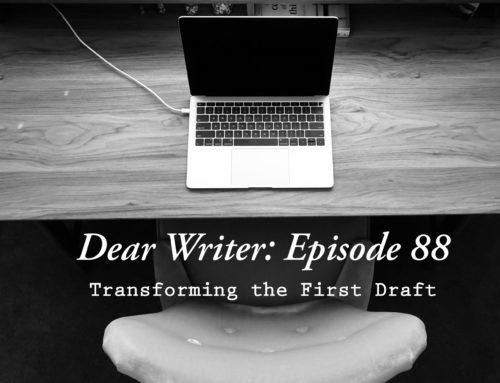
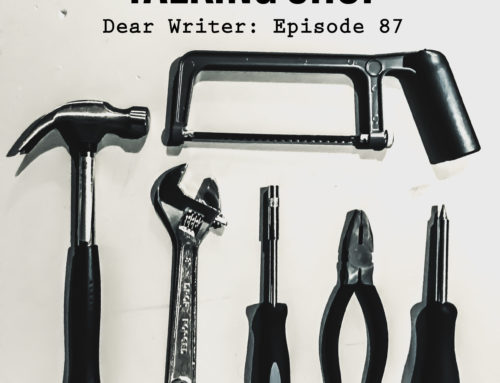

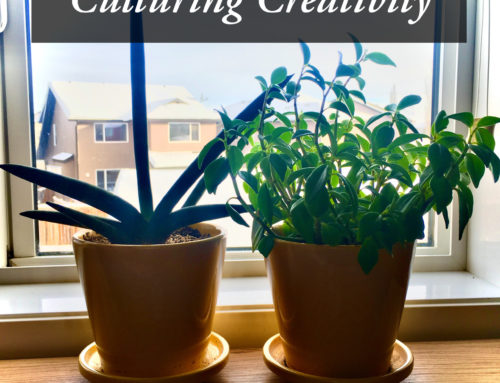

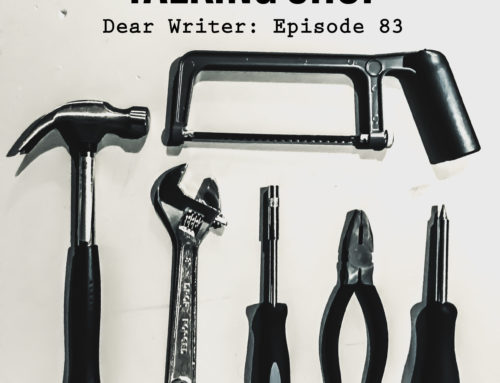


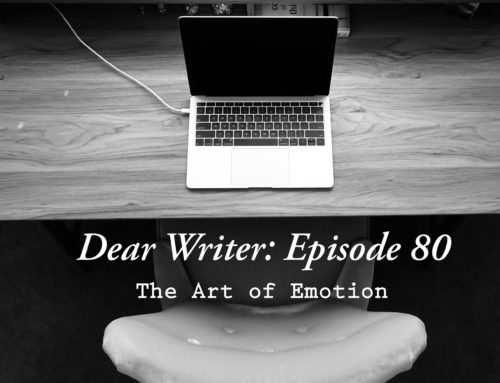
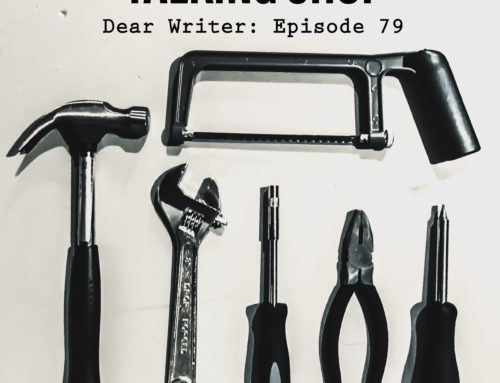
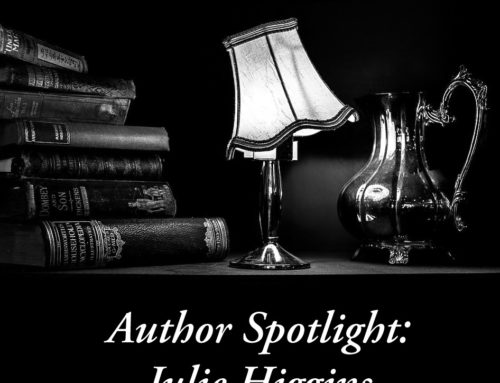
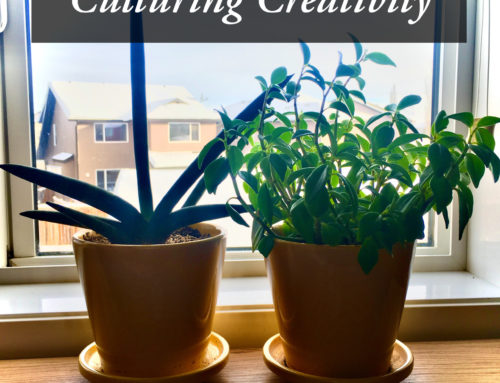
Leave A Comment